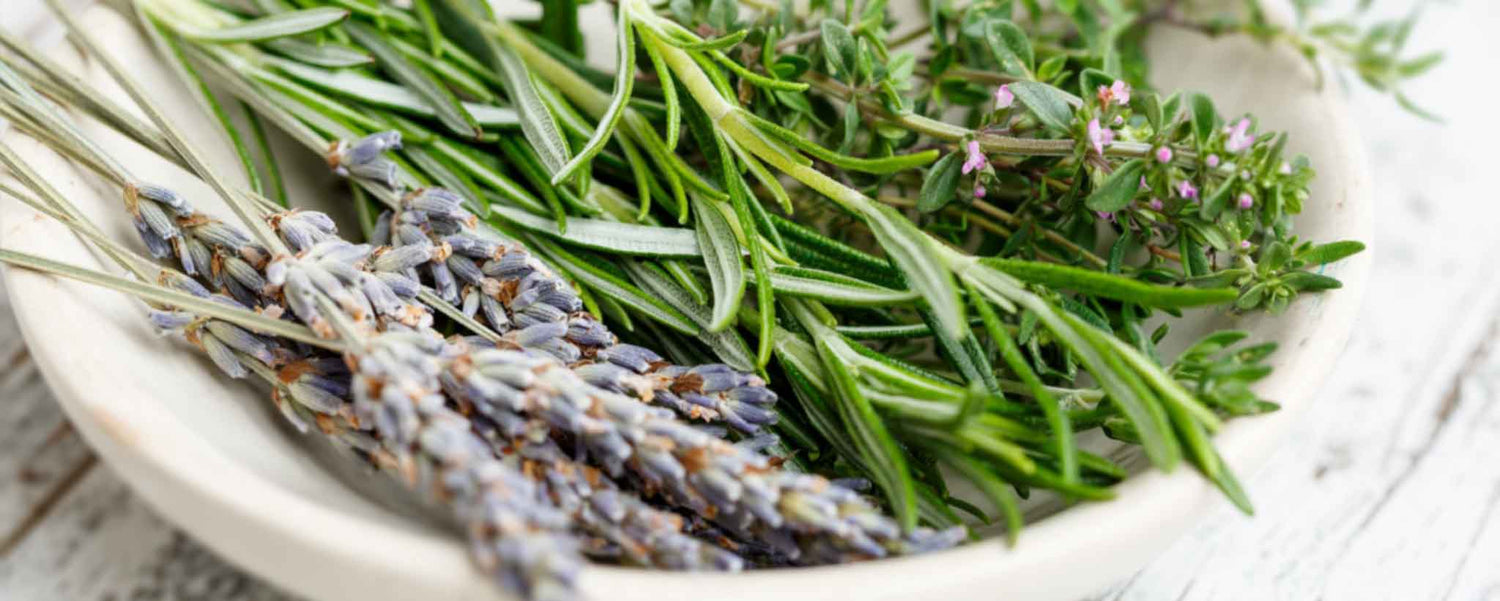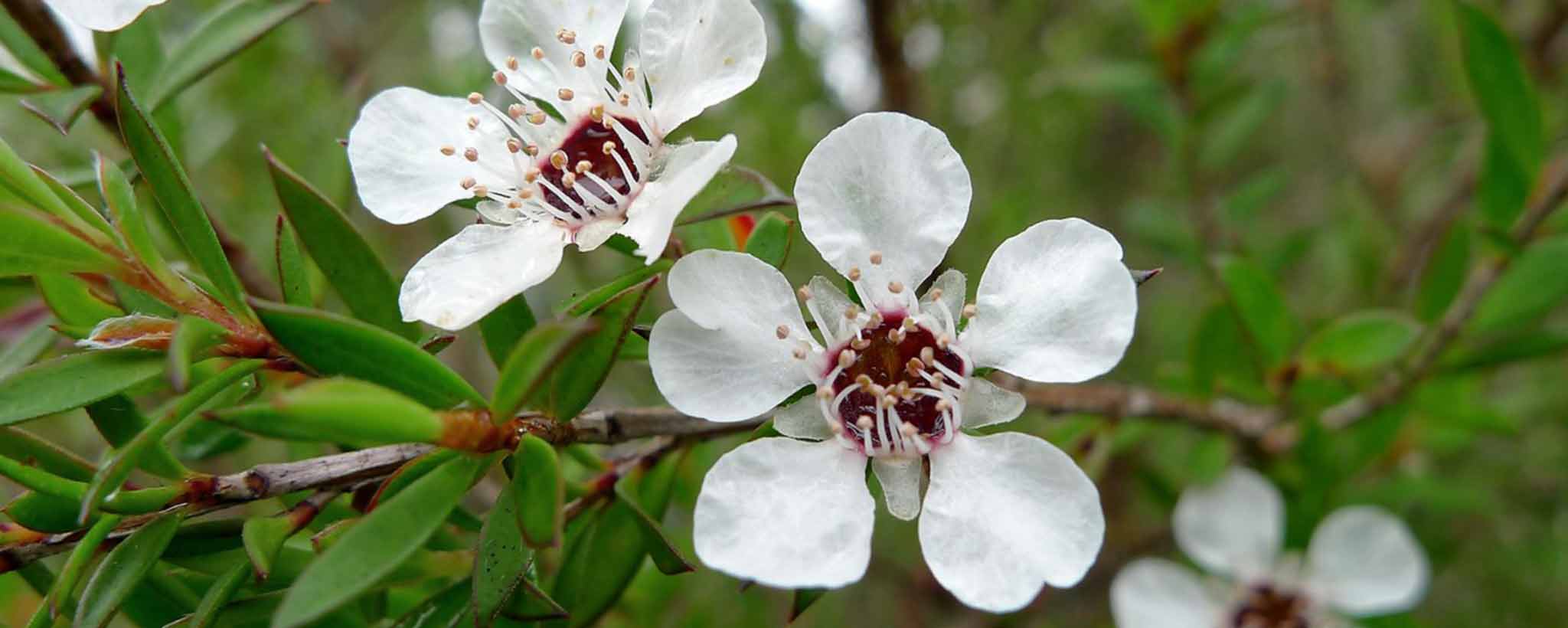Publish 4 November 2021
The best way to get used to cooking with herbs is to grow and use them. These popular herbs will make your meals sing like a 1960s music duo.
Start Liking Fresh Herbs
Do you have an herb garden? If not, you might enjoy shopping for fresh herbs to use in meals. Let’s be clear. I’m not talking about the ones people roll up in paper and light on fire. These are the herbs that make your meals sing. We will begin with the ones made famous by the lyrics of Simon & Garfunkel.
1. Parsley

With vitamins D, C, and K, curly parsley is the most common with very a subtle flavor. Varieties include Forest Green parsley and Extra Curled Dwarf parsley. This is mainly used as a garnish. Like a milder version of mint, parsley can temper the strength of garlic on your breath. So you may mince it up in garlic butter.
Flat Leaf parsley is more flavorful than curly parsley. Italian Flat Leaf tastes slightly peppery and looks a bit like cilantro. With leaves that resemble ferns, Hamburg parsley has thick, parsnip-like roots that add texture and flavor to soups and stews.
2. Sage

Fresh sage has a strong aroma and earthy flavor with the scents and flavors of citrus and pine. Use in small amounts. It is commonly used to create a flavorful butter sauce for delicate pasta. Fresh sage should stay good for up to one week in the refrigerator.
One teaspoon of sage contains 10% of your daily requirement for vitamin K. Sage also has small amounts of magnesium, zinc, copper, and vitamins A, C, and E. Most impressive is that it contains over 160 distinct polyphenols that act as antioxidants. A study demonstrated that it lowers both total cholesterol and “bad” LDL cholesterol. Common sage has been traditionally used to reduce menopause symptoms and lower blood sugar levels.
3. Rosemary

This is one of my favorite Mediterranean herbs. As a good source of iron, calcium, and vitamin B6, rosemary is tasty in herbed rice or poultry. This woody herb includes antioxidants and anti-inflammatory compounds.
One study by A. Lipton, Ph.D. suggests that it promotes eye health. But don’t overdo it. Extremely high doses can trigger spasms, fluid in the lungs, or coma. A two-inch twig in a pot is sufficient. As a perennial plant, it grows for years outdoors and may bloom lavender-color flowers in the spring.
4. Thyme

Common thyme and lemon thyme are the most popular for cooking. This herb adds a depth of flavor to beans, vegetables, fish, lamb, meats, soups, stews, and bread. With vitamins A, B6, and K, as well as potassium, iron, calcium, manganese, magnesium, selenium, and antioxidants, thyme adds as much nutrition as flavor. The four herbs mentioned so far were good enough for Simon & Garfunkel. But I will share a few more notes to make the flavor of your dishes sing.
5. Basil

Basil is a staple of Italian cooking. This vibrant green herb easily bruises so it is often added as a finishing ingredient atop cooked pizzas and sandwiches. Paired with garlic and other spices, it is common in tomato sauces or as a pesto base. A Caprese salad or sandwich features fresh mozzarella, tomatoes, basil, olive oil, salt and pepper.
With water and diffused sunlight, you can grow a large bush in your home. As for health benefits, antioxidants within basil may help prevent certain types of skin, liver, oral, and lung cancers.
6. Oregano

A sauce is not Italian enough without basil and oregano. Dried oregano is a staple on the shelf of many chefs. You can also grow some in your garden for a fresh source. This is another herb that includes antioxidants to fight various diseases, including cancer, and diabetes.
7. Mint

Some of the prior herbs are in the mint family but this herb has a taste all its own. You have heard of a mint julep. But who has heard of oregano julep? Mint is common in Thai dishes to contrast hot peppers. Many types of mint include peppermint, spearmint, chocolate mint, and apple mint. In your yard, it grows fast and wide, so isolate it within a rock garden. Otherwise, grow it as a potted plant.
Seasoning With Herbs
The most common seasoning is salt. Some people omit all salt as they acquire a palate for herbs. Our bodies require some sodium. Dietary Guidelines for Americans recommend up to 2,300 mg per day (not per meal).
Too much sodium puts you at risk for high blood pressure. I recommend reducing the amount of salt you normally use to let the flavor of the herbs shine through.
It is best to rehydrate dried herbs. Fresh herbs import robust flavor right off the stem. Either wrap whole herbs in a cheesecloth that you tie with a string or pluck the leaves off the stems. This is called a bouquet garni. Then add it to soups or stews. You can easily remove the bouquet garni before serving your meal.
Here’s a way to sample how different herbs taste in your meals without actually sprinkling them in. While soups or sauces are simmering, get a good whiff, while moving the herb beneath your nostrils. The combined aroma allows you to taste with your nose. Now pick up some herbs and start cooking like a 1960s singing duo.
To support the writing of useful articles about food, ClinicalPosters sells human anatomy charts, scientific posters, and other products online. You may sponsor specific articles or remit a small donation.
ClinicalPosters sells human anatomy charts, scientific posters, and other products online to offset expense of the writing useful articles about food. Slide extra posters into DeuPair Frames without removing from the wall.
Show your support by donating, shopping for ClinicalPins, or leaving an encouraging comment to keep the research going.
To support the writing of useful articles about food, ClinicalPosters sells human anatomy charts, scientific posters, and other products online. You may sponsor specific articles or remit a small donation.
ClinicalPosters sells human anatomy charts, scientific posters, and other products online to offset expense of the writing useful articles about food. Slide extra posters into DeuPair Frames without removing from the wall.
ClinicalPosters sells human anatomy charts, scientific posters, and other products online. You may remit a small donation.
You can support the writing of useful articles about food by sponsoring specific articles or remitting a small donation. Visible content is optimized for device size.







 Romance & Health Intertwine. Fall in love with a captivating romance miniseries that explores the essence of well-being. Become a ClinicalNovellas member for heartwarming tales.
Romance & Health Intertwine. Fall in love with a captivating romance miniseries that explores the essence of well-being. Become a ClinicalNovellas member for heartwarming tales.




